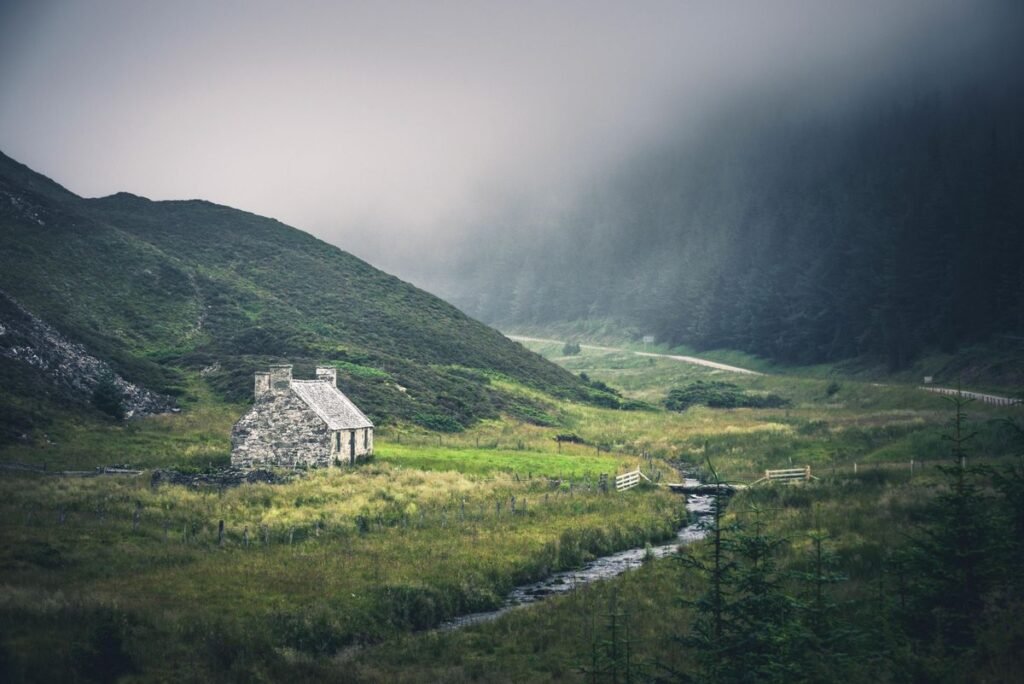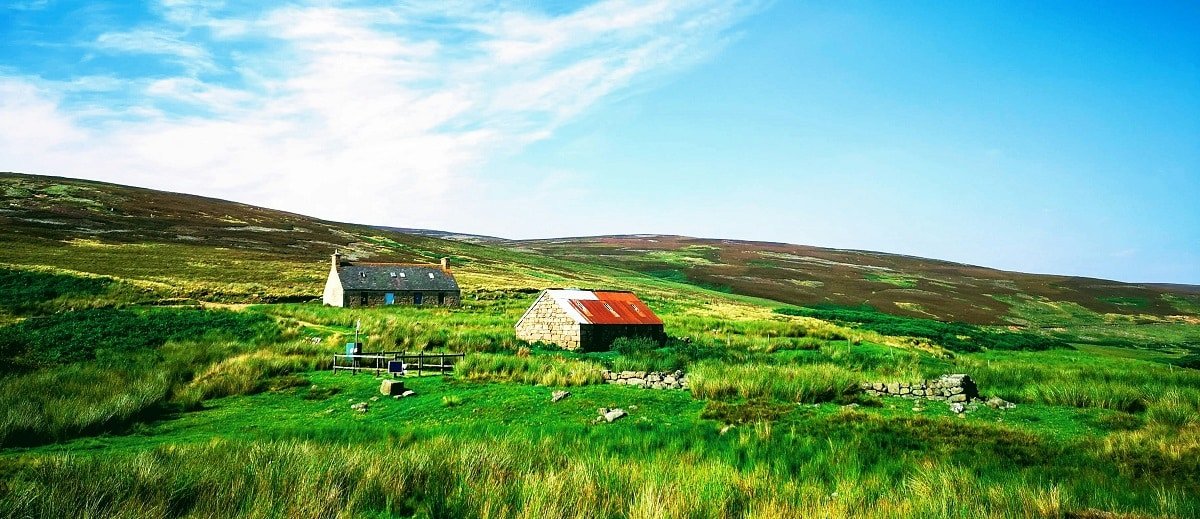Hotels and bed-and-breakfasts can be wonderful accommodation choices when you’re on holiday. Or perhaps you prefer to set up a tent, toast some marshmallows, and camp under the stars. But what if you’re somewhere in between? What if you want something different? How about glamping? Champing? A bothy? Read on to learn about expanding your accommodation options.
Glamping
Most people have heard of glamping by now. The term, meaning “glamorous camping” first appeared 20 years ago. It offers the best of camping and the great outdoors without the uncomfortable bits. Instead of sleeping bags on hard ground, glampers enjoy cosy beds and hot showers. The outdoor, commune-with-nature experience is combined with luxury amenities and more spacious accommodations. The little two-person tent has been swapped for a giant yurt, a safari tent, a log cabin, a shepherd’s hut, a treehouse… you get the idea.

You’ve got countless options for where to go glamping as well. Check out just a few of the options found when looking for glamping in the UK:
- A private lodge in the Cornish countryside
- A wooden pod with jacuzzi hot tub in the North East
- A romantic treehouse in Worcestershire
- A luxury beach hut in Devon
- A canvas lodge overlooking the bear habitat at a wildlife park
- A retro 70s-themed pod in Wales

Whether it’s a break for the whole family or a romantic getaway, the choices are endless.
Champing
Something you may be less familiar with is champing. Like glamping, it’s another wonderful portmanteau word, this time meaning “camping in a church”.
The programme is the brainchild of The Churches Conservation Trust, a national charity working to preserve historic churches that are at risk of closure or loss. You can reserve a night or longer in a church through the champing website. Since the programme started, more than 40,000 guests have stayed in the 25+ churches.

So how does it work? You pick one of the available churches for the date(s) you want and the number of people in your party. Once you’ve made the booking and paid the deposit, the church is yours so there won’t be any other people you don’t know staying there at the same time. You have access between 4pm and 10am, although the site does warn that the churches are typically open to visitors and may have some foot traffic stopping by.
You can bring your own bedding if you want to but it’s not necessary. Camp beds, bedding, chairs, kettle, and candles are all provided (and yes, there is a toilet). There is often no heating, but the churches are open to champers from April to October and the old stone can be wonderfully cool during the hot summer months. Dogs are welcome to stay with you. Most (but not all) of the churches have electricity, and alcohol is allowed (glasses, corkscrew, and bottle opener provided).

If sleeping in a church overnight sounds creepy, think again. As you can see from the photos, they look wonderfully cosy and the only company you might have is the occasional bat. Prices are very reasonable and there are no peak dates, so give it a try. You’ll definitely have a unique stay to tell friends about.
Bothies
And then we come to bothies.
The traditional bothy is basic. Very basic. Think probably no running water or bathroom facilities. No electricity. Hopefully a fireplace and somewhere to lay your sleeping bag under a roof. They are found throughout Scotland, and also in parts of Wales and northern England. After I finished my A-levels, I spent a summer working in the German Alps on a hiking hut. The one where I worked was more of a chalet, providing food, bunks, and showers. Many of the others were little more than a stone hut, providing safe shelter for the night as needed. That is a bothy. A basic shelter in a remote area, used by hikers.

Now for these traditional bothies, there is no booking system, no fee, no reservation. You may be alone in the wilds of nowhere. Or you may find yourself sharing the rudimentary facilities with any number of other hikers. That’s part of the adventure. You can learn more about finding and staying at a bothy at the Mountain Bothies Association. This article in Countryfile magazine also offers some useful info.
Then there are the more modern bothy resorts for lack of a better word. These are the glamping bothies, if you will – cabins and lodges with all the amenities you would expect. These require reservations, a booking fee, and so on, but do offer a more comfortable stay in the Scottish highlands or the various islands. Check out, for example, Baleshare Bothies in the Hebrides. These clearly resemble a glamping pod.

Everyone has different needs and wants when travelling. While a roof overtop and room for a sleeping bag suits some, others want the luxury of a hot tub and warm sheets, while others still want the adventure of something different.
Hopefully, this has given you a few options and ideas for holiday accommodation that you can’t wait to tell your friends about when you get home.



One thought on “Champing, Glamping, and Bothies: Know Your Accommodation Options”
Comments are closed.